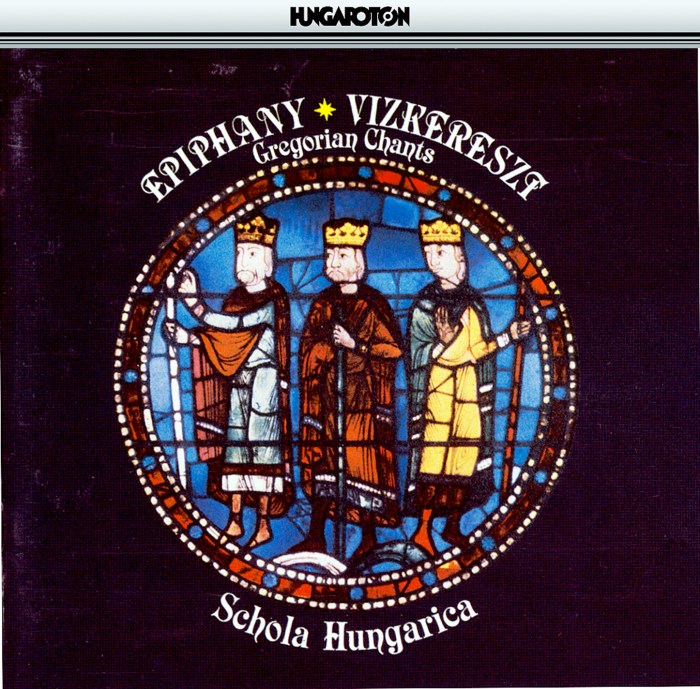The form of the chant Alleluia Vidimus Stellam is a captivating exploration of the origins, musical structure, textual content, performance practices, and influence of this enchanting chant. This comprehensive analysis delves into the intricacies of this sacred melody, shedding light on its historical significance and enduring legacy.
The chant Alleluia Vidimus Stellam holds a prominent place in the Christian liturgical tradition, with its origins dating back to the early centuries of the Church. Its haunting melody and evocative text have captivated generations of worshippers, making it a beloved part of the Christian musical repertoire.
The Form of the Chant Alleluia Vidimus Stellam

The chant “Alleluia Vidimus Stellam” is a traditional Latin chant associated with the Epiphany season in the Christian liturgical calendar. It is believed to have originated in the early Middle Ages, possibly in the 9th or 10th century. The chant is typically performed during the procession to the altar at the beginning of Mass on the Feast of the Epiphany, which commemorates the visit of the Magi to the infant Jesus.
Historical Background
The origins of the chant “Alleluia Vidimus Stellam” are uncertain, but it is thought to have developed from earlier liturgical chants used in the Roman Catholic Church. The text of the chant is based on the Gospel of Matthew, which tells the story of the Magi following a star to Bethlehem to visit the newborn Jesus.
The chant became popular in the Middle Ages and was included in many liturgical manuscripts.
Musical Structure
The chant “Alleluia Vidimus Stellam” is a monophonic chant, meaning that it is sung by a single voice. The melody is relatively simple and consists of a series of stepwise and conjunct leaps. The chant is typically performed in a slow and solemn tempo.
The melodic contour of the chant is characterized by a gradual ascent to a climax on the word “stellam” (star) and a subsequent descent to the final cadence. The chant is typically sung in the Phrygian mode, which gives it a slightly exotic and haunting sound.
Textual Content
The Latin text of the chant “Alleluia Vidimus Stellam” is as follows:Alleluia, vidimus stellam eius in oriente, et venimus adorare eum.(Alleluia, we have seen his star in the east, and we have come to adore him.)The text of the chant is a simple and straightforward statement of faith, expressing the joy and wonder of the Magi as they follow the star to Bethlehem.
The text also alludes to the symbolic meaning of the star as a sign of hope and salvation.
Performance Practices
The chant “Alleluia Vidimus Stellam” is typically performed by a choir or a group of singers. The chant is usually sung in unison, but it can also be sung in harmony. The chant is often ornamented with melismas and other vocal embellishments.
The chant is also sometimes accompanied by instruments, such as the organ or the harp.
Influence and Legacy, The form of the chant alleluia vidimus stellam is
The chant “Alleluia Vidimus Stellam” has had a significant influence on Western music. The chant has been used as a basis for many other musical works, including motets, masses, and carols. The chant has also been used in film and television soundtracks.
The chant remains a popular and beloved piece of music, and it continues to be performed in churches and concert halls around the world.
Questions Often Asked: The Form Of The Chant Alleluia Vidimus Stellam Is
What is the origin of the chant Alleluia Vidimus Stellam?
The origins of the chant Alleluia Vidimus Stellam can be traced back to the early centuries of the Church, possibly as early as the 4th century.
What is the meaning of the text Alleluia Vidimus Stellam?
The Latin text Alleluia Vidimus Stellam translates to “Alleluia, we have seen a star.” It is a reference to the star that guided the Magi to the infant Jesus, as recounted in the Gospel of Matthew.
How is the chant Alleluia Vidimus Stellam typically performed?
The chant Alleluia Vidimus Stellam is typically performed by a choir or cantor, with or without instrumental accompaniment. It is often sung in a slow and торжественный manner, befitting its sacred nature.


